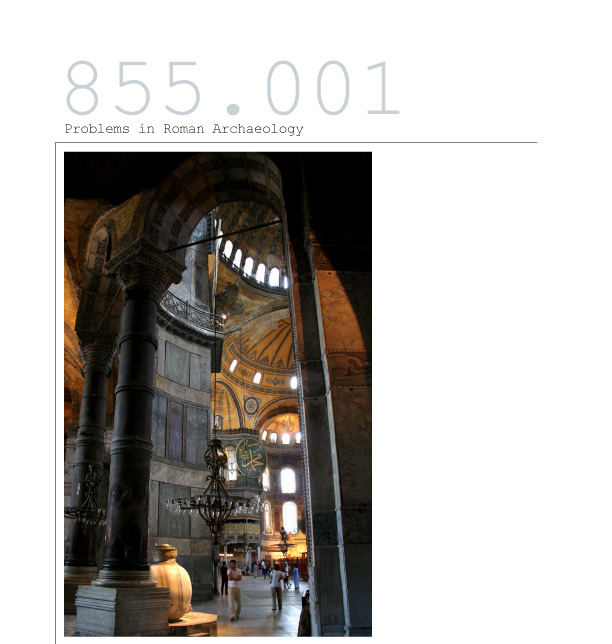
Greek speaking Asia Minor was one of the most prosperous and extensively urbanized regions of the Roman empire. This seminar examines the archaeological evidence for the civic culture of this region from the 3rd through the 7th centuries A.D. This period is bracketed by invasions by Gothic raiders in the mid-3rd century A.D., and by the near-total abandonment of urban settlements in rural areas in the early 7th century A.D. Its central event is the foundation of Constantinople in A.D. 324, and the subsequent growth of Constantines city as the new center of the Roman world. Special topics of investigation will include: imperial patronage of urban building projects, especially fortifications; the early development of eastern church architecture, culminating in the Haghia Sophia; late Roman civic and imperial portrait sculpture; domestic architecture and interior decoration, and the changing role of private space in public life; relations between town and countryside; and the reasons for the collapse of urban life outside Constantinople in the early 7th century A.D.